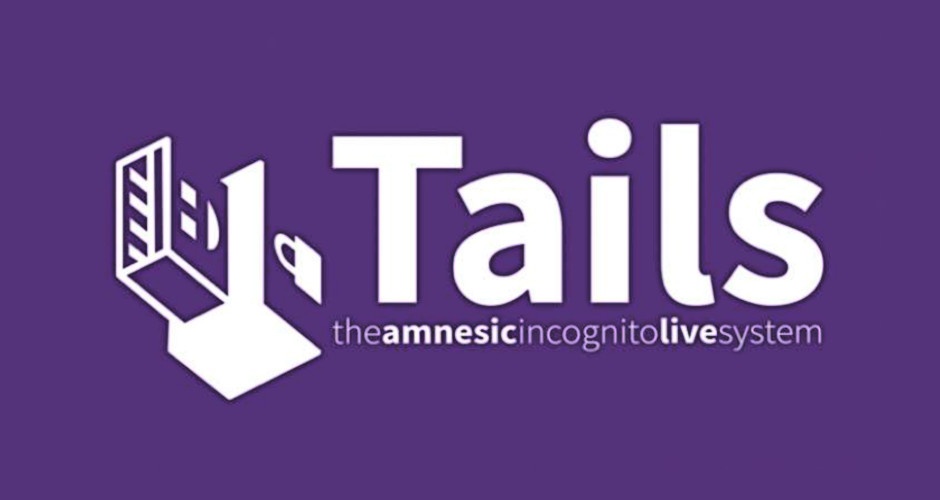In an more and more digital landscape, safeguarding delicate knowledge and protecting networks from malicious threats have turn out to be paramount for people and organizations alike. Network safety and cybersecurity are two important pillars within the realm of knowledge security, each serving distinct yet interconnected functions. Understanding their differences and overlaps is crucial for devising strong defense strategies. In this article, we'll discover the necessary thing disparities between community safety and cybersecurity, whereas providing priceless tricks to enhance both aspects of your online safety.
1. Defining Network Security and Cybersecurity
Network safety focuses on safeguarding a corporation's IT infrastructure, including hardware, software program, and information, from unauthorized access and threats. It encompasses measures like firewalls, routers, and intrusion detection methods to protect networks from external attacks.
On the other hand, cybersecurity encompasses a broader scope, encompassing not only community security but also defending digital methods, gadgets, and knowledge from an array of cyber threats. This could embody ransomware, phishing attacks, malware, and social engineering makes an attempt aimed toward compromising user information.

2. Scope of Protection
Network safety primarily concentrates on securing the integrity, confidentiality, and availability of data because it traverses through networks. It establishes protecting obstacles, limiting entry to authorized personnel and defending against exterior intruders.
Cybersecurity, in contrast, takes a extra complete method. It protects knowledge and techniques across various digital platforms, together with web sites, cloud providers, databases, and particular person gadgets. The focus is on shielding in opposition to a big selection of cyber threats, both inside and external.
3. Levels of Implementation
Network safety measures are sometimes applied on the infrastructure level, specializing in securing the community's perimeter and knowledge transmission. Firewalls, VPNs (Virtual Private Networks), and network monitoring tools are integral elements of network security.
Cybersecurity, being a broader area, operates at a number of ranges. It includes implementing security protocols and options at the community level, application degree, and endpoint level. Anti-virus software program, encryption, multi-factor authentication, and employee awareness coaching all fall under the purview of cybersecurity.
four. Roles and Responsibilities
Network security professionals focus on designing, implementing, and managing security measures that protect the group's community infrastructure. They are liable for configuring firewalls, monitoring community visitors, and detecting and mitigating potential threats.
Cybersecurity specialists, then again, have a wider set of responsibilities. They work to safeguard digital assets, data, and users from a plethora of cyber threats. They could also be concerned in incident response, vulnerability assessments, security audits, and educating workers about best practices.
5. Overlaps and Interdependencies
While network security and cybersecurity serve distinct features, they are intrinsically linked. https://privacyforpatriots.com relies on a safe network infrastructure as a basis. Network safety, in turn, benefits from the insights and risk intelligence gathered by way of cybersecurity monitoring and evaluation.
Tips for Strengthening Network Security and Cybersecurity
Regular Security Assessments: Conduct comprehensive safety assessments to establish vulnerabilities in your network and digital systems. Regular assessments help in proactively addressing potential weaknesses.
Continuous Monitoring: Implement real-time monitoring solutions to detect and reply to suspicious activities promptly. Monitoring allows swift motion against cyber threats.
Strong Password Policies: Enforce strict password policies, requiring complex and frequently up to date passwords for all network and system users.
Employee Training and Awareness: Educate workers about cybersecurity best practices, including recognizing phishing attempts, social engineering, and secure online behaviors.
Data Encryption: Implement encryption protocols for sensitive information to protect it from unauthorized entry, even when the community is breached.
Regular Software Updates and Patch Management: Keep all software program and functions up to date with the most recent safety patches to forestall exploitation of recognized vulnerabilities.
Multi-Factor Authentication (MFA): Require MFA for access to important methods and data to add an extra layer of security.
Backup and Recovery: Regularly back up crucial knowledge and ensure efficient disaster restoration plans are in place in case of knowledge breaches or cyber incidents.
Network Segmentation: Segment your network to restrict the impression of a possible breach and to reinforce safety by isolating sensitive data and resources.
Incident Response Plan: Develop and regularly check an incident response plan to ensure a swift and effective response to cyber incidents.
Both community safety and cybersecurity play integral roles in safeguarding digital belongings and guaranteeing online security. By understanding their key variations and overlaps and implementing the advised ideas, people and organizations can fortify their defenses towards ever-evolving cyber threats, securing their useful data and digital operations. A proactive and comprehensive method to information security will ultimately create a strong protect towards the complexities of the digital landscape..
